
Government trains over 30 personnel to deal with Desert Locusts invasion
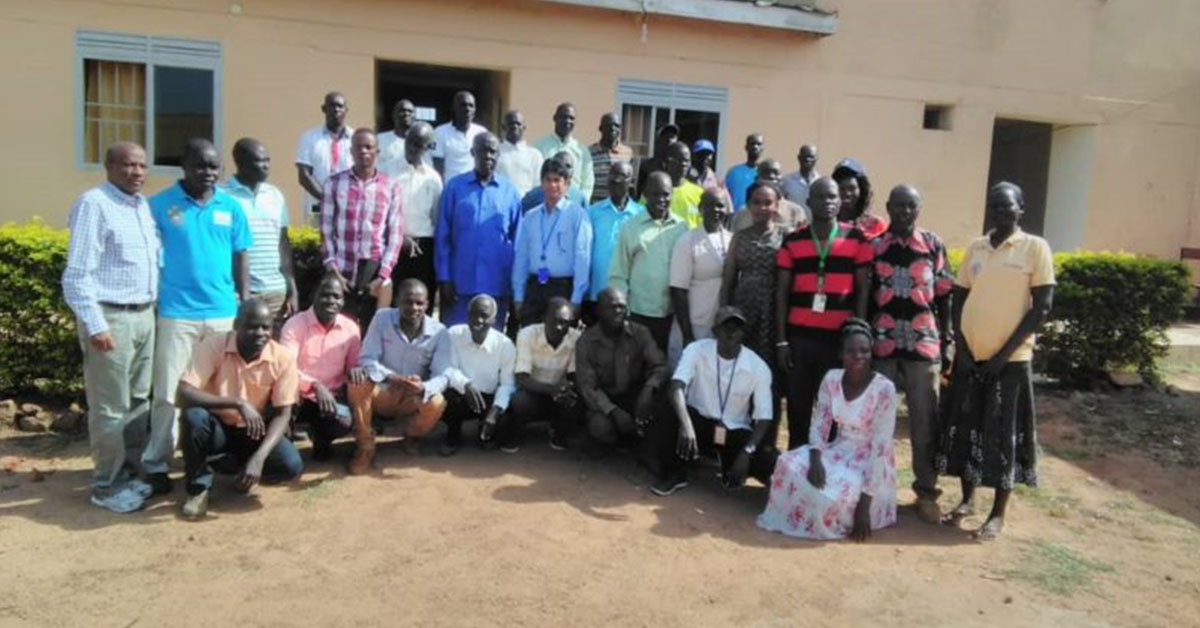
Earlier last week, South Sudan’s ministry of Agriculture and Food Security announced a heavy influx of desert locusts into the country through Eastern Equatoria State.
This week a team of experts were sent to Torit town to train about 30 agriculture extension and plants protection officers who would deal with the desert locust invasion and reduce the damage.
However, some government officials in Eastern Equatoria state told The Insider in an exclusive interview at Torit Guest House on Tuesday that the environment in the area does not enable desert locusts to cause serious damage in South Sudan.
Dr. Isaac Aliardo, a senior government official in the state Ministry of Agriculture, Forestry and Animal Resources urged the public not to panic since the locusts have not caused a massive damage in infested areas.
He said the environment does not favor locusts breeding since it is a dry season.
“The damage is not that much that [can] cause alarm. So let people be calm. Let people not panic because the locusts are coming and going out,” Dr. Aliardo told The Insider.
The desert locusts crossed to South Sudan, from Kenya and Uganda, through; Magwi and Ikwoto counties, specifically in Lobone, Panyikwara, Owiny-Kibul, Palonyany and Amica villages, which are areas close to the borders.
The government and UN Food and Agriculture Organization – FAO are holding a 3-day seminar to train locals on desert locust control across the borders of the country in Eastern Equatoria.
Abdheraman Tamim, director general in the National Ministry of Agriculture said although the swarm of locusts is small, it poses a serious threat to both crops and livestock.
“Our direct threat will be from the second generation of the desert locust, now breeding in Kenya or Uganda,” Tamim said.
Just one swarm can cover 20 percent of the land surface of the Earth, affecting the livelihood of 10 percent of the world’s population by consuming up to 200 tonnes of vegetation per day, according to the World Economic Forum.
Tamim said, that is why the state is anxious and is trying to evaluate exactly when to attack the locusts at their weakest point at the least possible cost.
The country’s ministry of agriculture announced that it would cost over 2 billion South Sudanese Pounds to respond to the locust infestation.
Mahamhed Tafiqul, Food and Agriculture Organization’s (FAO’s) field officer said trainees will be given control equipment’s such as spraying machines and vehicles for mounted sprayers after the seminar.
“We are already monitoring in the areas of Magwi, Ikwoto and Kapoeta counties,” Tafiqul added revealing that they have noticed a presence of desert locusts that is why government called officials from local towns and villages to be trained to control the desert locusts.
He urges state authorities and partners to sensitize the public through radio talk shows.
Large swarms of desert locusts first invaded Kenya, weeks ago and infested about 70,000 hectares roughly 172974 acres of land in Somalia.
The Food and Agriculture Organisation (FAO) termed the infestation as ‘worst situation in 25 years’ in the Horn of Africa.
What are Desert Locusts?
Locusts are part of a large group of insects commonly called grasshoppers which have big hind legs for jumping. Locusts belong to the family called Acrididae. Locusts differ from grasshoppers in that they have the ability to change their behaviour and habits and can migrate over large distances.
Experts say a Desert Locust adult can consume roughly its own weight in fresh food per day, that is about two grams every day. A very small part of an average swarm (or about one tonne of locusts) eats the same amount of food in one day as about 10 elephants or 25 camels or 2,500 people.
How locusts can be controlled
At present the primary method of controlling Desert Locust swarms and hopper bands is with mainly organphosphate chemicals applied in small concentrated doses (referred to as ultra-low volume (ULV) formulation) by vehicle-mounted and aerial sprayers and to a lesser extent by knapsack and hand-held sprayers.
Who carries out locust control operations?
Locust survey and control are primarily the responsibility of the Ministry of Agriculture in locust affected countries and are operations undertaken by national locust units. There are also several regional locust organizations that assist with survey and control operations. During times of outbreaks and plagues, external assistance from the donor community and other international organizations is usually required.
The role of FAO in locust control
One of the mandates of the Food and Agriculture Organization (FAO) of the United Nations is to provide information on the general locust situation to all interested countries and to give timely warnings and forecasts to those countries in danger of invasion.
Therefore, FAO operates a centralized Desert Locust information service within the Locust Group at FAO Headquarters, Rome, Italy. All locust affected countries transmit locust data to FAO who in turn analyze this information in conjunction with weather and habitat data and satellite imagery in order to assess the current locust situation, provide forecasts up to six weeks in advance and issue warnings on an ad-hoc basis.
FAO prepares monthly bulletins and periodic updates summarizing the locust situation and forecasting migration and breeding on a country by country basis. These are distributed by email, fax, and post. All locust information is archived at FAO Headquarters and some of this is available on the Internet.
Furthermore, FAO provides training and prepares publications on various aspects of locusts. FAO undertakes field assessment missions and coordinates survey and control operations as well as assistance during locust plagues.

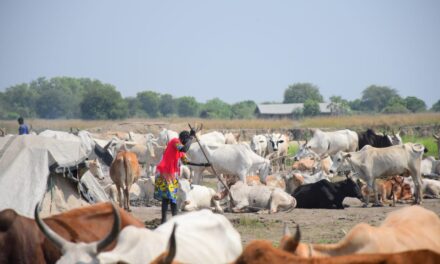

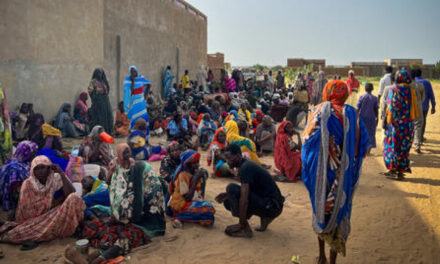


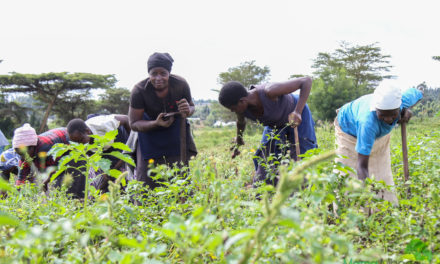



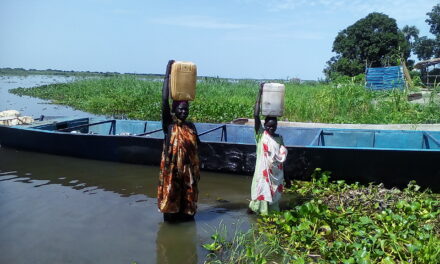
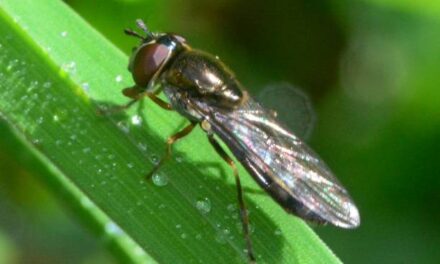





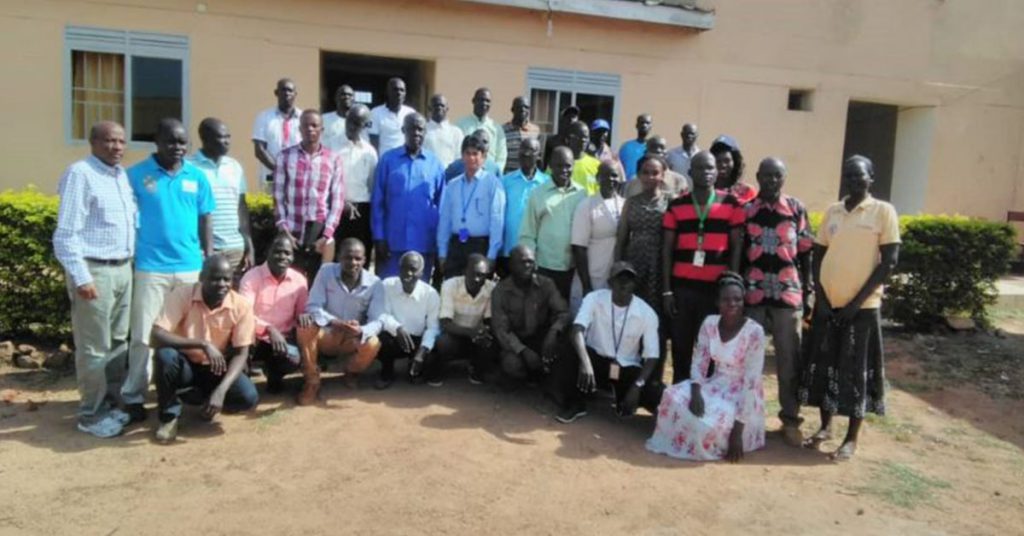
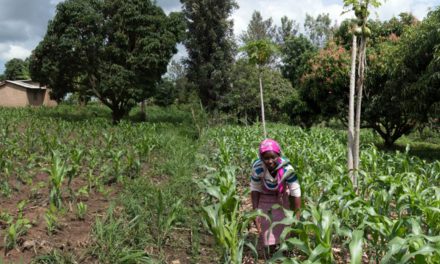



Recent Comments